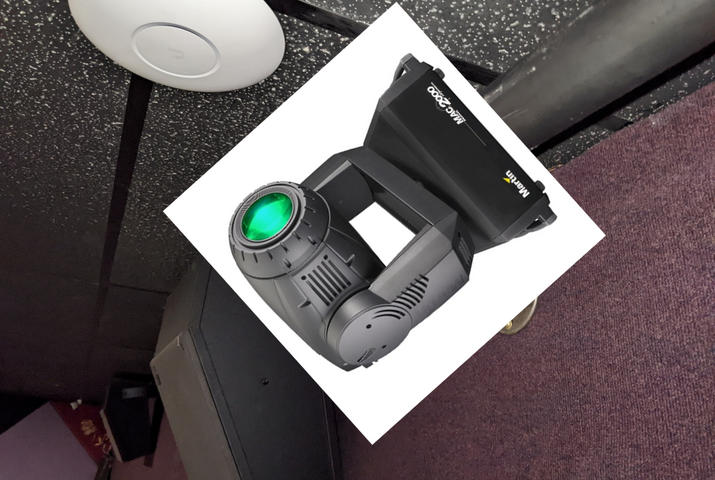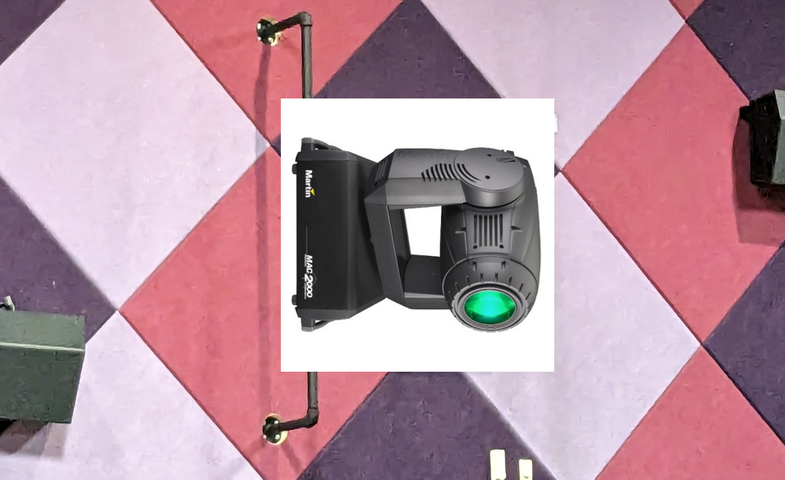SophiaRodriguez
Member
Hi everyone 
I have a Martin MAC 2000 Performance ii fixture:
https://www.martin.com/en-US/products/mac-2000-performance-ii#downloads
I'm considering mounting the fixture on a pole in a "45 degrees" (and not pure vertical or pure horizontal position. See "position A" diagram), as there's not enough space between the pole and the wall to mount it in a "vertically" or "horizontally" position.
Another option is to mount it on a different pole and to mount the light in a "vertical" position.
The manual says "The MAC 2000 Performance II can be placed on stage or clamped to a truss in any orientation" (page 12 in the user manual).
Can anyone confirm if I can mount the fixture in position A (45 degrees) or position B (vertically)?
Thank you so much!!
Sophia
I have a Martin MAC 2000 Performance ii fixture:
https://www.martin.com/en-US/products/mac-2000-performance-ii#downloads
I'm considering mounting the fixture on a pole in a "45 degrees" (and not pure vertical or pure horizontal position. See "position A" diagram), as there's not enough space between the pole and the wall to mount it in a "vertically" or "horizontally" position.
Another option is to mount it on a different pole and to mount the light in a "vertical" position.
The manual says "The MAC 2000 Performance II can be placed on stage or clamped to a truss in any orientation" (page 12 in the user manual).
Can anyone confirm if I can mount the fixture in position A (45 degrees) or position B (vertically)?
Thank you so much!!
Sophia




